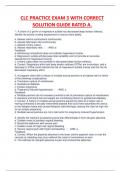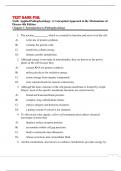College aantekeningen
Microeconomics: Markets and Games Notes from ALL Lectures
These are my notes from all lectures for the course Microeconomics: Markets and Games. This document also includes some practice questions. I received a 7 in the final exam relying on these notes.
[Meer zien]













